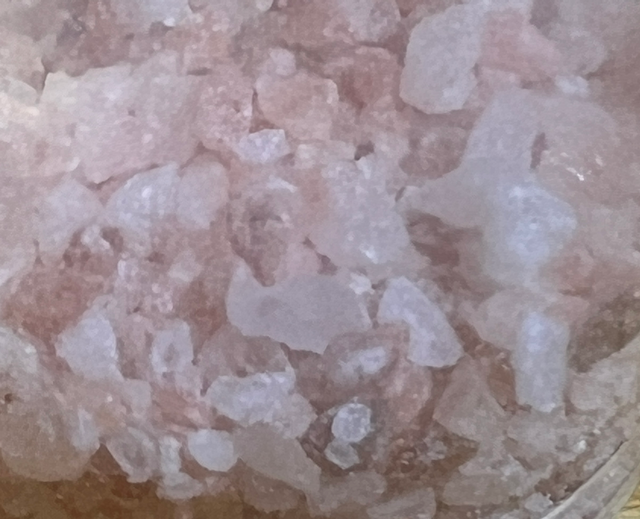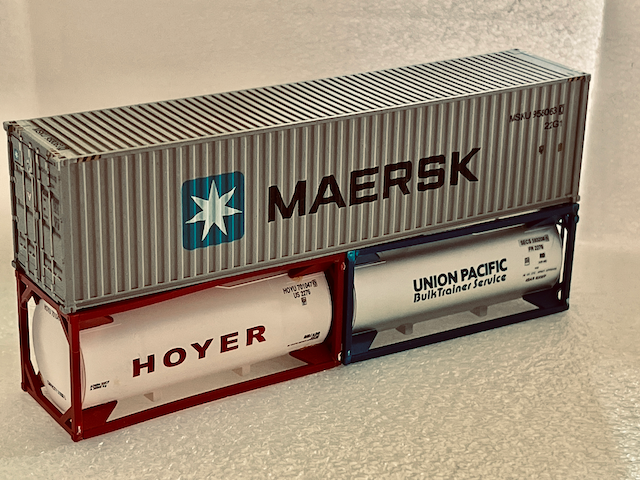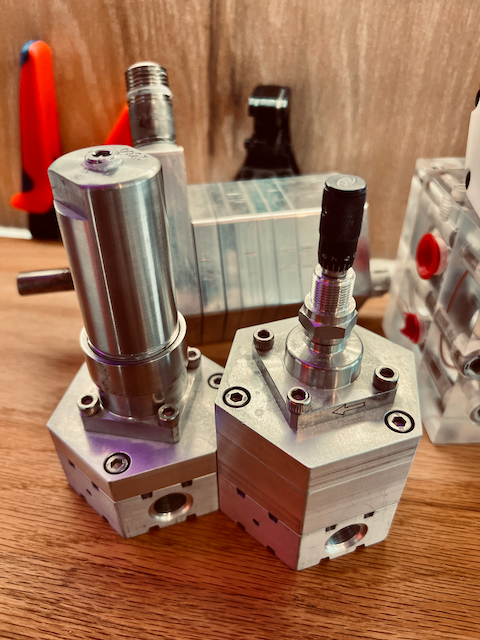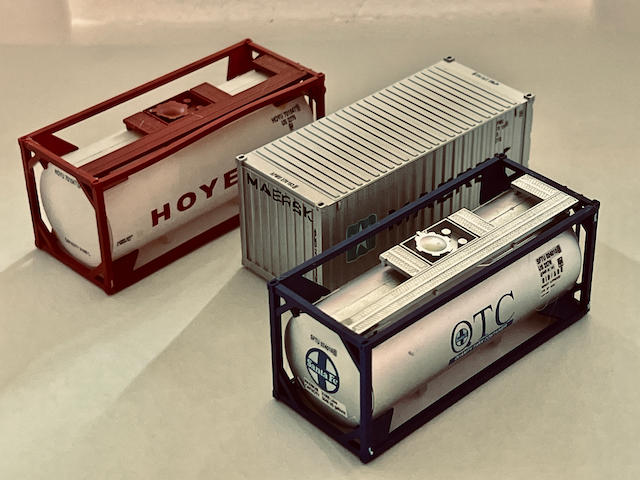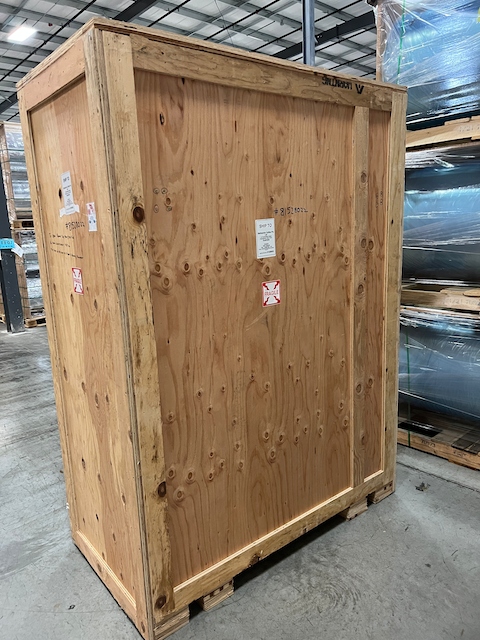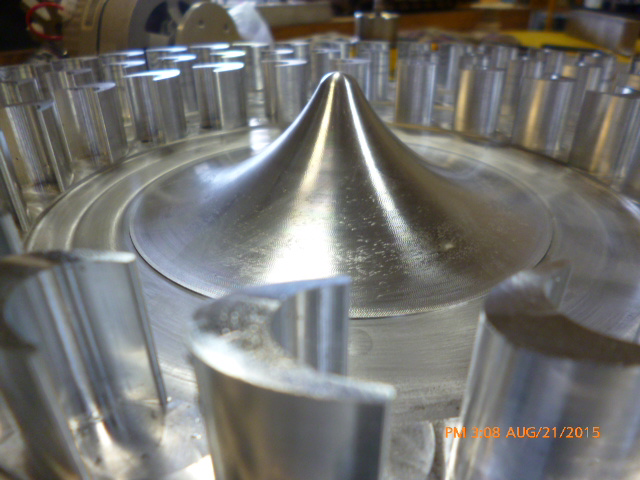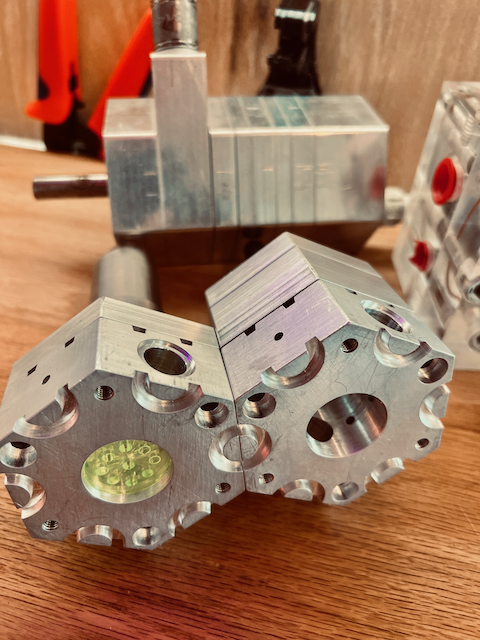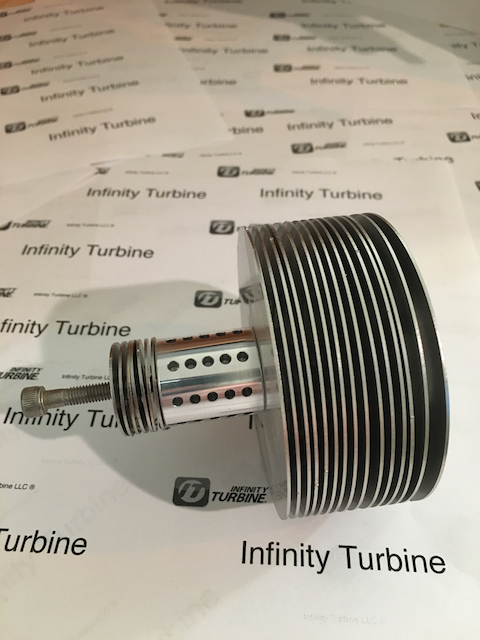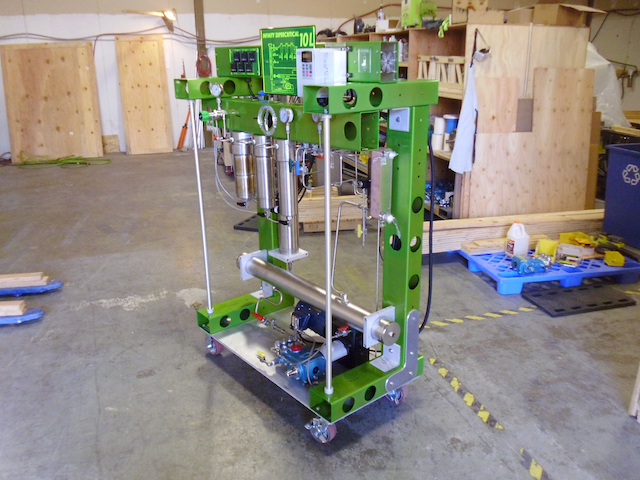|
|
|
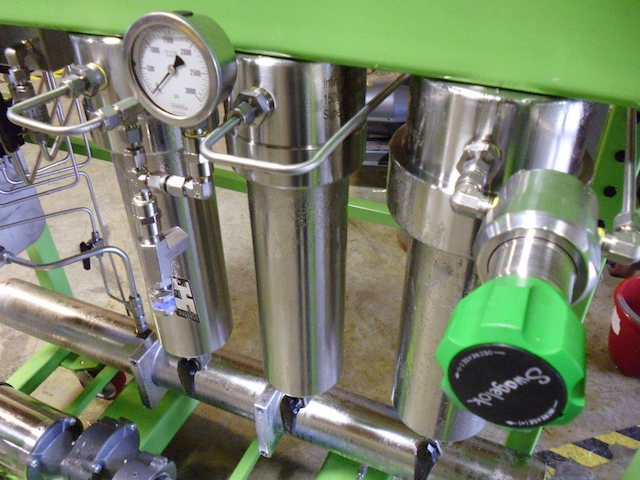
|
Water in Salt Electrolytes
Water in Salt Electrolytes (WIS) are a progress towards various non-lithium aqueous rechargeable metal-ion batteries (ARMIBs). Reference article link below.In traditional salt-in-water (SIW) electrolytes, the water molecules enormously outnumber the salts, and are relatively free to form hydrogen bonding networks. Thus, a large amount of water molecules will separate or solubilize (or corrode) the electrode material (Dubouis et al., 2018; Huang et al., 2019a). With the salt concentration increasing, the tighter solvation shell associated with WIS electrolytes can be formed. Meanwhile, the freedom water solvent molecules display a lower mobility. They turn out to be preferentially solvated by metal ions, and thus less available to separate salt anions. Accordingly, the water-water hydrogen bonds are replaced by water-ion-bonding interactions, enhancing the interactions between cations and anions, which can further widen the stable working windows of electrolytes (Azov et al., 2018).It is well-known that electrolytes as ionic transport intermediates, with their inherent ionic conductivity, mobility, interfacial characteristics, and other properties, play a critical role in enhancing the cycle performances. Designing and optimizing a functional electrolyte with a stable electrode/electrolyte interfaces has to be considered as an essential way to achieve a superior electrochemical performance in aqueous batteries.Meanwhile, the weak oxidation resistance of electrolytes and the insufficient passivation on the surface of negative electrodes leads to modest reversible capacities, especially at the initial cycle, or in the high-voltage (>4.0 V) operation windows, which limits the huge development of APIBs (Hosaka et al., 2018). Therefore, it is essential to fit the high energy APIBs to purposefully explore suitable electrolytes.Electrolytes, as ionic transport intermediates with inherent ionic conductivity, mobility, interfacial characteristics, and other properties, play a critical role in enhancing the cycle performances, rate capacity, and safety of batteries. WIS electrolytes with highly concentrated salt solutions specifically can expand electrochemical potential windows of aqueous devices up to about 3 V and result in low solvent (water molecules) activities and high chemical stabilities (restraining side reactions). Moreover, the formation of stable SEI film also endows the cells with a high energy density and excellent cycling stability. This mini review mainly focuses on the WIS electrolytes for ARMIBs and summarizes the recent investigation of WIS electrolytes in non-lithium monovalent (Na, K) and multivalent (Zn, Mg, Al) ion batteries.(full article reference below)
Recent Progress in Water-in-Salt Electrolytes Toward Non-lithium Based Rechargeable Batteries
|
